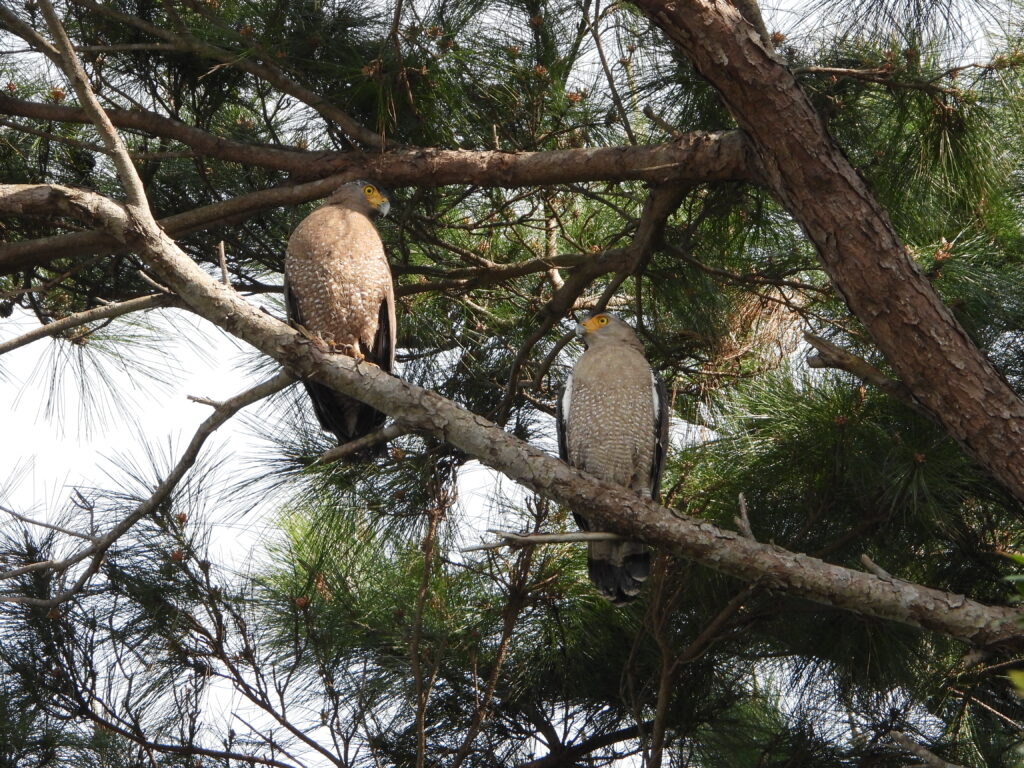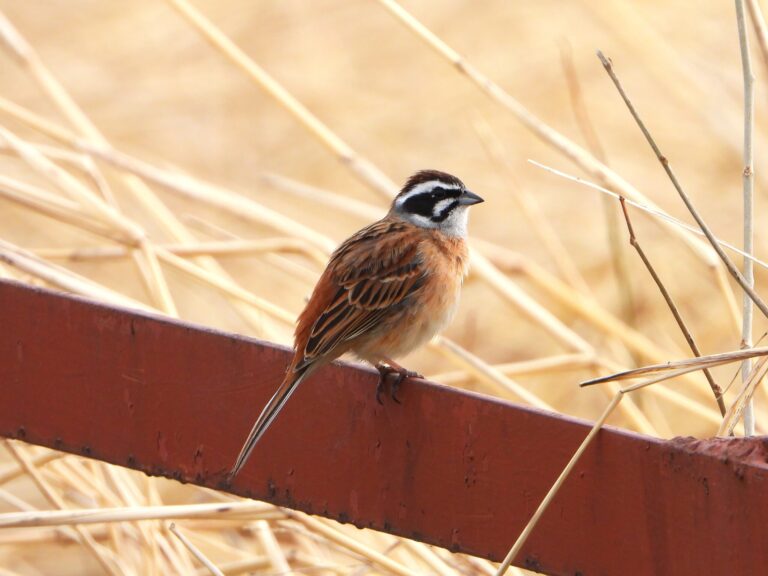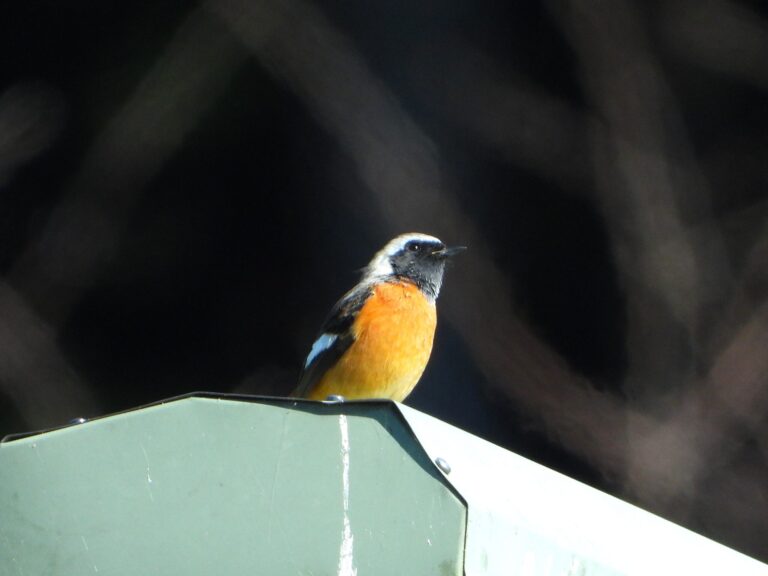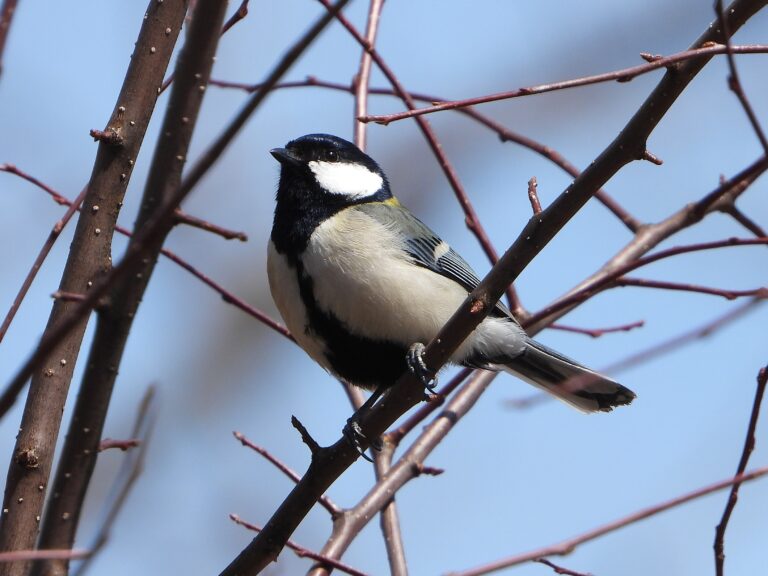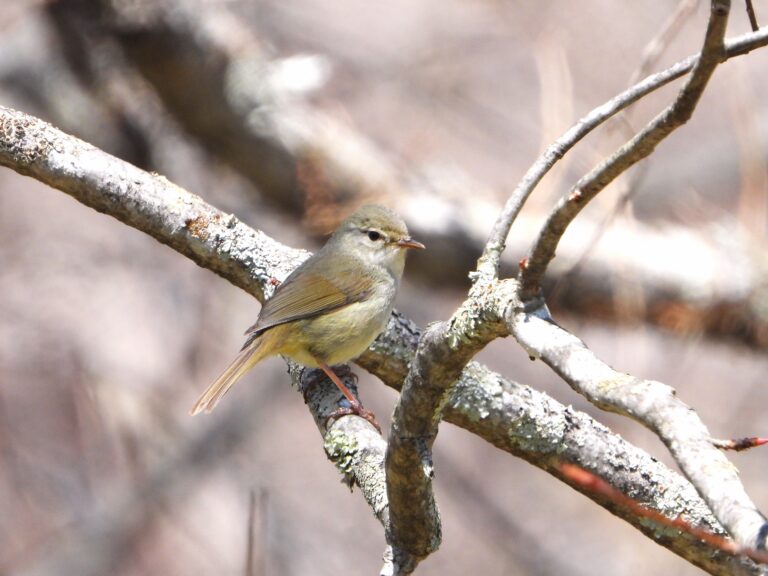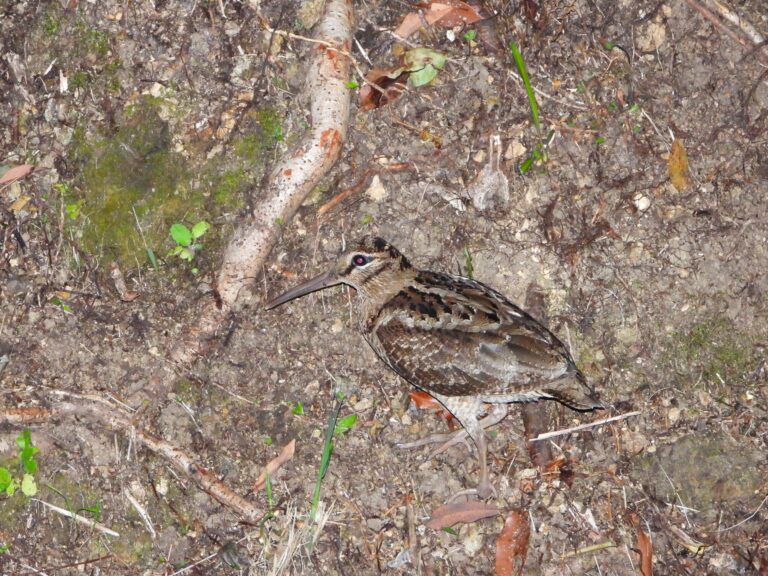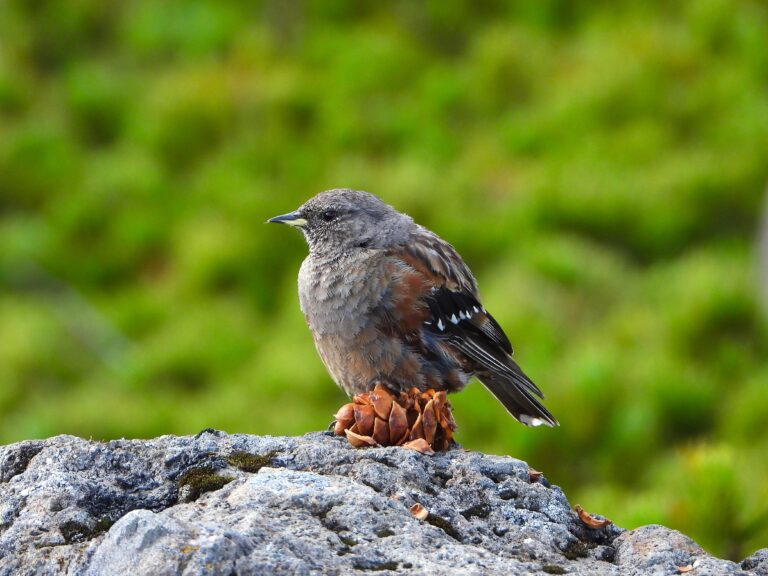White-tailed Eagle (Haliaeetus albicilla) – Wildlife of Japan
Introduction
A huge, broad-winged sea eagle of northern coasts and large lakes, the White-tailed Eagle is one of Japan’s most imposing raptors. In Japan it is most closely associated with Hokkaidō, where birds breed and where many individuals gather in winter around rich coastal waters and drift ice.
Appearance
A massive, chocolate-brown eagle with a large yellow bill and a short, wedge-shaped white tail in adults. The head and neck appear paler than the body. Juveniles are darker overall with mottling and a dusky tail, gradually gaining the clear white tail as they mature.
Habitat & Distribution
Prefers open coasts, river mouths, and large lakes with tall trees or cliffs for roosting and nesting. In Japan, it breeds mainly in Hokkaidō, particularly in eastern areas such as Shiretoko and Kushiro. The species is also a winter visitor to northern Honshū, especially Aomori and Iwate, with small numbers occasionally reaching farther south. Surveys estimate several hundred breeding pairs in Hokkaidō and around 700–1,000 wintering individuals across northern Japan.
Where to See in Japan
The best winter sites include Shiretoko Peninsula (Rausu and Utoro), Nemuro and Lake Furen, the Okhotsk coast between Abashiri and Monbetsu, and Akkeshi and Kushiro Marshes. In cold winters, birds also appear along the Tōhoku coast. Sightings are most reliable from December to March (drift ice usually peaks from late January to March).
Behavior
Usually hunts from a high perch or by low, steady flights over water. It feeds both by catching live fish and by scavenging salmon carcasses and other carrion. White-tailed Eagles often steal prey from cormorants or other raptors. Their flight is strong and deliberate, with deep wingbeats and long glides.
Diet
Feeds mainly on fish, waterfowl, and shoreline carrion. In Hokkaidō, salmon and ducks are major winter foods. Because they scavenge on carcasses, lead poisoning from bullet fragments has been a serious conservation concern.
Reproduction
Pairs build huge stick nests in tall trees or on cliffs. Courtship and nest-building begin in late winter, with egg-laying in March–April. The incubation period lasts about five to six weeks, and chicks fledge after two to three months. Family groups often remain near productive feeding areas through summer.
Conservation
Globally classified as Least Concern (IUCN), but in Japan it is listed as Vulnerable (VU) on the national Red List. The total population in Japan remains small but stable, thanks to conservation measures in Hokkaidō. Major threats include habitat loss, human disturbance, collisions with power lines and wind turbines, and lead poisoning.
Author’s Impression
Compared to the black-and-white Steller’s, the White-tailed Eagle has a calm, stately power—broad wings catching the cold wind above the ice, a flash of white tail, and the quiet authority of a winter king.
It is a species you should definitely look for in Hokkaidō, alongside the Steller’s Sea Eagle.
Also read: Steller’s Sea Eagle (Haliaeetus pelagicus) – Wildlife of Japan
